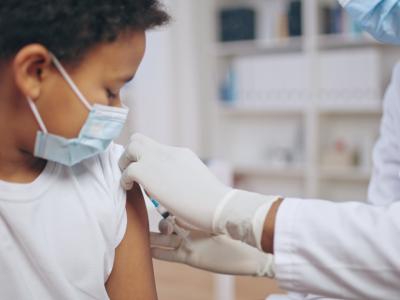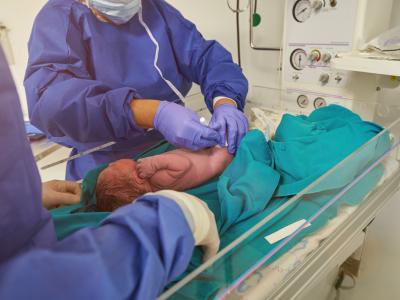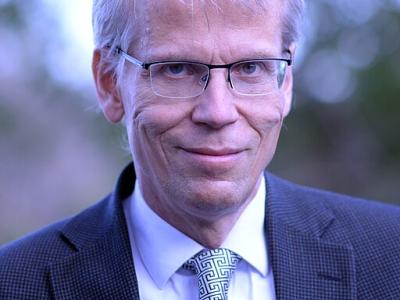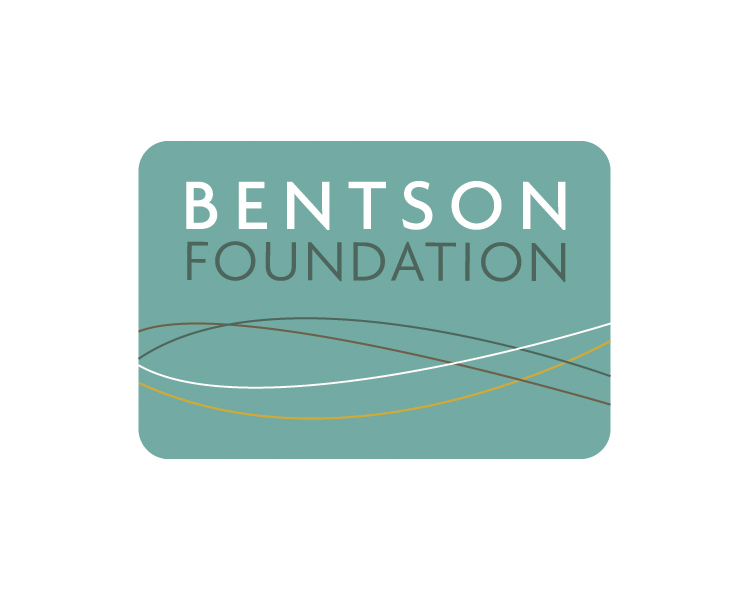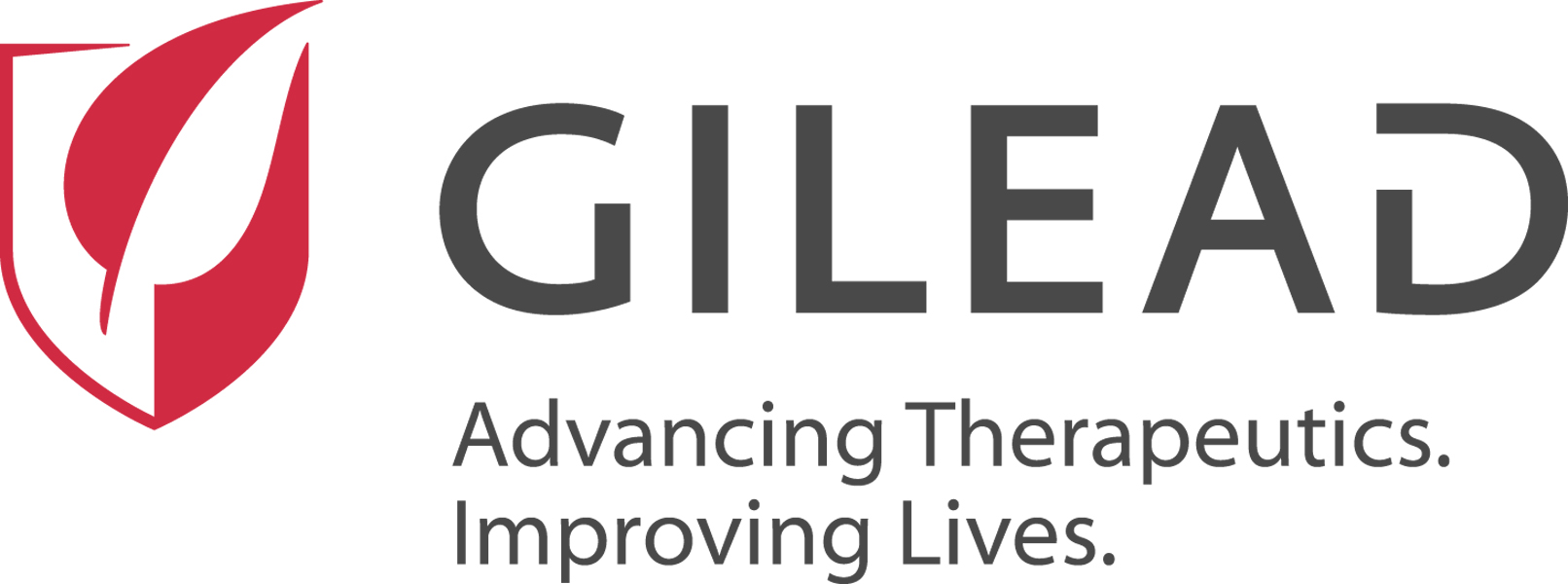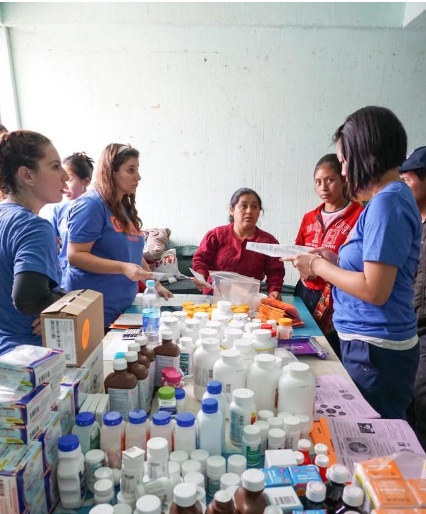
The availability and affordability of essential medicines vary widely around the world, with wealthier countries seeing lower real prices than poorer ones after adjusting for purchasing power, according to a 2022 analysis of 87 high-, middle-, and low-income countries.
Published last week in JAMA Health Forum, the Brown University–led study examined data on the list prices and volumes of 549 essential medicines in 72 markets. The team also calculated the number of days of minimum-wage work required to pay for 1 month of treatment.
"Little is known about how the prices and affordability of medicines included on the World Health Organization's Model List of Essential Medicines vary across the globe," the authors wrote.
Lowest affordability in Africa, Southeast Asia
The availability of essential medications ranged from 225 (41%) in Kuwait to 438 (80%) in Germany. After accounting for differences in purchasing power, the average prices of essential medicines in Lebanon were 18.1% of those in Germany, while average US prices were 3.0 times higher than in Germany.
There is a need for international strategies aimed at achieving more equitable outcomes.
Countries' gross domestic product per capita was linked to nominal drug prices, indicating that wealthier countries generally had higher drug prices. But adjusting for the purchasing power of different currencies revealed an inverse association, suggesting that richer countries had lower real prices.
Drug affordability varied considerably, with the highest median affordability in Europe and the Western Pacific and the lowest in Africa and Southeast Asia. The most affordable of the eight medications used to treat major causes of death and disability were amoxicillin, ibuprofen, and salbutamol, which cost less than 1.2 days' minimum wage in all countries.
The least affordable treatment was the cancer drug paclitaxel; for example, residents of poorer countries had to work a median number of 40.9 days at minimum wage to pay for it.
"Many low- and middle-income countries paid higher prices for the same essential medicines compared to wealthier countries, placing a disproportionate cost burden on patients in poorer nations," the researchers concluded. "There is a need for international strategies aimed at achieving more equitable outcomes."
.jpg)
